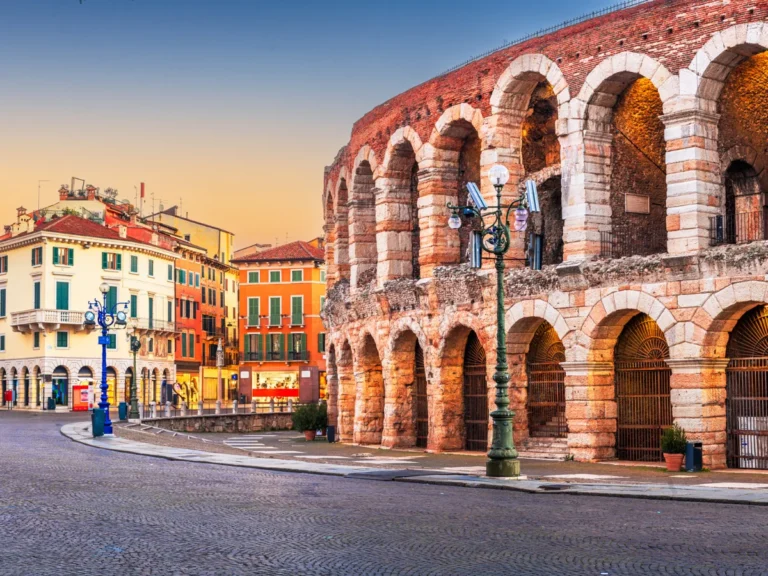Chainmail was vital in Roman military armor
Chainmail was vital in Roman military armor. Its flexibility allowed mobility while offering significant defense. Worn by infantry and auxiliary troops, it endured in various combat scenarios. Often paired with other armor pieces, it provided comprehensive protection. A symbol of status, it showcased soldiers’ readiness for battle. Depicted in art and literature, chainmail’s importance was immortalized. Beyond Rome, its legacy persisted, influencing medieval armor design. Chainmail remains emblematic of Roman military strength and adaptability, leaving an enduring mark on history.

The Chainmail: Vital in Roman military armor
In the grand tapestry of Roman military history, one element stands out as indispensable: the chainmail. This intricate mesh of interlocking metal rings was more than just armor; it was a symbol of Roman might and ingenuity.
The Birth of Chainmail
Chainmail, known as lorica hamata in Latin, emerged as a revolutionary advancement in Roman military equipment. It offered superior protection compared to earlier forms of armor, such as the segmented plate armor used by the Greeks.
Construction and Design
Crafted from thousands of small metal rings, chainmail boasted remarkable flexibility without compromising on durability. Each ring was meticulously forged and linked together to form a robust barrier against enemy weapons.
Versatility on the Battlefield
One of the chainmail’s greatest strengths lay in its versatility. It provided ample protection against slashing and piercing attacks, offering soldiers confidence in the midst of battle. Its flexibility allowed for unrestricted movement, crucial for Roman soldiers engaged in hand-to-hand combat.
Strategic Advantage
The widespread adoption of chainmail among Roman legions bestowed a strategic advantage on the battlefield. Its protective qualities bolstered the confidence of soldiers, enabling them to engage enemies with greater ferocity and resilience.
Maintenance and Care
Despite its formidable strength, chainmail required diligent maintenance to ensure its effectiveness. Soldiers were tasked with regularly cleaning and oiling their armor to prevent rust and corrosion, ensuring it remained in optimal condition.
Symbol of Status
Beyond its practical benefits, chainmail became a symbol of status and prestige within the Roman military hierarchy. Soldiers adorned in gleaming armor stood as a testament to the empire’s strength and discipline.
Legacy and Influence
The legacy of chainmail endured long after the fall of the Roman Empire. Its design and construction techniques influenced the development of medieval armor, shaping the course of European military history for centuries to come.
Conclusion
In the annals of Roman military history, the chainmail occupies a prominent position as a vital component of the legionary’s armor. Its unparalleled combination of protection, flexibility, and symbolic importance ensured its enduring legacy on the battlefield and beyond.



